- +256 781233665
- [email protected]
- Shop A-24, University Plaza
What is 3d lettering signage in Uganda
Product Highlights
Investing in 3D lettering signage in Uganda is a smart move for any business looking to enhance its brand visibility and appeal. With the right materials, design, and placement, 3D signs can significantly improve the effectiveness of your branding efforts. Whether you’re in the market for a simple raised letter sign or a complex illuminated 3D logo, there are plenty of options available to suit your needs and budget.
Description
3D Lettering Signage in Uganda: A Comprehensive Guide
What is 3D Lettering Signage?
3D lettering signage refers to signs that have a three-dimensional appearance, making them stand out from flat, 2D signage. These signs are crafted to create a sense of depth and realism, giving them a more eye-catching and professional look. In Uganda, 3D lettering signage is increasingly popular among businesses and institutions that want to make a bold statement with their branding and advertising efforts. Whether it’s for storefronts, office interiors, or event displays, 3D signage adds a sophisticated touch that enhances visibility and brand recognition.
What is the Use of 3D Lettering?
The primary use of 3D lettering is to attract attention and convey messages in a more impactful way. Here are some of the key benefits and uses of 3D lettering signage in Uganda:
- Enhanced Visibility: The dimensional aspect of 3D lettering makes it more noticeable from different angles and distances. This is particularly useful for outdoor signage where businesses compete for attention.
- Professional Aesthetic: 3D signs give a polished and professional appearance, which can improve the perception of your brand. Whether used in retail spaces, corporate offices, or public institutions, 3D lettering adds a touch of class.
- Versatility: 3D lettering can be used for a variety of purposes, including shop signs, directional signs, event displays, and more. Its adaptability to different materials and finishes makes it suitable for various environments.
- Branding: 3D signs help in reinforcing brand identity by making logos and brand names more prominent. The depth and shadow effects created by 3D lettering can make your brand more memorable to customers.
What Material is Used for 3D Signage?
3D signage can be made from a variety of materials, each offering different benefits depending on the intended use and location. Here are some commonly used materials for 3D signage in Uganda:
- Acrylic: Acrylic is a popular choice for 3D signage due to its smooth finish and durability. It’s lightweight, easy to cut into various shapes, and available in a wide range of colors. Acrylic signs are often used for indoor signage and can be illuminated for added effect.
- PVC Foamboard: PVC is a cost-effective material that’s durable and easy to work with. It’s suitable for both indoor and outdoor signage, and it can be painted or printed on to achieve the desired look.
- Metal: Metals like aluminum, stainless steel, and brass are used for high-end 3D signage. These materials are extremely durable and offer a sleek, modern look. Metal signs are often used in corporate settings or for exterior signage where weather resistance is important.
- Wood: For a more natural and rustic appearance, wood is an excellent material for 3D signage. It can be carved, stained, and painted to achieve various effects, making it ideal for businesses looking for a traditional or eco-friendly image.
- Foam: High-density foam is often used for large 3D signs due to its light weight and ease of customization. It can be coated with hard-shell paint to mimic the appearance of more expensive materials like metal or wood.
What Are 3D Signs Called?
3D signs are known by various names depending on their design and application. Some of the common terms used include:
- Channel Letters: These are custom-made metal or plastic letters often used in outdoor signage. Each letter is individually crafted and may be illuminated from within.
- Dimensional Letters: Similar to channel letters, dimensional letters are non-illuminated and are usually mounted directly onto the signage surface.
- Raised Letters: These are letters or logos that are mounted so that they stand out from the background, creating a shadow effect that adds depth.
- Monument Signs: Monument signs are freestanding structures that incorporate 3D lettering. These are often used at the entrances of businesses, schools, or residential complexes.
SEO-Optimized Content for 3D Lettering Signage in Uganda
3D Signage Uganda
In Uganda, 3D signage is becoming a preferred choice for businesses looking to enhance their brand visibility. The demand for 3D Signage Uganda has grown significantly, driven by the increasing need for impactful and durable signs that can withstand the Ugandan climate. Whether it’s for retail shops, corporate offices, or public spaces, 3D signage provides a powerful branding solution that helps businesses stand out.
3D Signage Design
Creating a 3D signage design requires a combination of creativity and technical expertise. The design process involves selecting the right materials, colors, and fonts to create a sign that aligns with your brand’s identity. In Uganda, there are several professional signage companies that specialize in 3D design, offering services that range from conceptualization to installation. When designing your 3D signage, it’s important to consider factors like the viewing distance, lighting conditions, and the message you want to convey.
What Are the Different Types of 3D Signage?
When it comes to 3D signage, there are various types that businesses can choose from, depending on their specific needs:
- Backlit Signs: These signs have lighting installed behind the lettering or logo, making them glow in low-light conditions. They are ideal for businesses that operate at night.
- Push-Through Signs: In this type of sign, letters or logos are cut out from the sign’s surface and then pushed through from the back, creating a raised effect.
- Halo-Lit Signs: These signs have lights installed behind each letter, creating a halo effect around the edges. This type of signage is both elegant and eye-catching.
- Dimensional Letters: These are standalone letters or logos that are mounted directly onto a surface, creating a 3D effect without any internal lighting.
- Freestanding Signs: Often used for outdoor signage, these signs are mounted on poles or structures away from buildings. They can be illuminated or non-illuminated and are typically larger to capture attention from a distance.
Conclusion
Investing in 3D lettering signage in Uganda is a smart move for any business looking to enhance its brand visibility and appeal. With the right materials, design, and placement, 3D signs can significantly improve the effectiveness of your branding efforts. Whether you’re in the market for a simple raised letter sign or a complex illuminated 3D logo, there are plenty of options available to suit your needs and budget. As 3D signage continues to evolve, incorporating new materials and technologies, businesses in Uganda have the opportunity to make a lasting impression with their advertising and branding strategies
Tags: 3D LED signage Uganda, 3D signage design Uganda, 3D signage installation Uganda, 3D signage makers in Uganda, 3D signage manufacturers Uganda, 3D signage printing Uganda, 3D signage Uganda, Affordable 3D signage Uganda, Best 3D signage in Uganda, Custom 3D signage Uganda, Professional 3D signage Uganda
Be the first to review “What is 3d lettering signage in Uganda” Cancel reply
- 3D Printing Services in Kampala, Banner Printing In Uganda, Books Printing & Publishing, Brochure Printing, Business Card Printing, Digital Printing, Flyers & Brochure Printing, Large Format Printing In Kampala, Magazine Printing In Uganda, Printing Services In Kampala, Stickers Printing In Kampala, T- Shirt Printing In Uganda, Teardrop Banner Printing Services in Uganda, UV Printing In Uganda
Book Printing Services In Uganda
Choose Cybamedia for all your book printing needs in Uganda—from Kansanga, Muyenga, Ggaba, and beyond! - 3D Logo Designs In Kampala, 3D Printing Services in Kampala, 3D Signage In Uganda, Branded Safety Wear In Kampala, Branding Services In Uganda, Logo Design Company in Kampala, Logo Designer In Uganda, Printing Services In Kampala, Promotional Items, Pylon Signs In Uganda, Signage Designer In Uganda, Uganda Logo Design Company
Custom printing In Kampala
Custom printing in Kampala provides a wealth of options for businesses, organizations, and individuals seeking personalized and high-quality printed materials.… - 3D Printing Services in Kampala, Banner Printing In Uganda, Books Printing & Publishing, Brochure Printing, Business Card Printing, Digital Printing, Flyers & Brochure Printing, Large Format Printing In Kampala, Magazine Printing In Uganda, Printing Services In Kampala, Stickers Printing In Kampala, T- Shirt Printing In Uganda, Teardrop Banner Printing Services in Uganda, UV Printing In Uganda
Digital Printing Process In Uganda
For the best digital printing process in Uganda, choose Cybamedia as your trusted provider. Reach out to us today: - 3D Printing Services in Kampala, Banner Printing In Uganda, Books Printing & Publishing, Brochure Printing, Business Card Printing, Flyers & Brochure Printing, Large Format Printing In Kampala, Printing Services In Kampala, Stickers Printing In Kampala, T- Shirt Printing In Uganda, Teardrop Banner Printing Services in Uganda, UV Printing In Uganda
Banner Printing Company In Uganda
Experience unmatched quality and convenience with Cybamedia, your trusted partner for banner printing in Uganda! - 3D Logo Designs In Kampala, 3D Printing Services in Kampala, 3D Signage In Uganda, Branded Safety Wear In Kampala, Branding Services In Uganda, Logo Design Company in Kampala, Logo Designer In Uganda, Printing Services In Kampala, Promotional Items, Pylon Signs In Uganda, Signage Designer In Uganda, Uganda Logo Design Company
Booklet printing In Uganda
Booklet printing in Uganda is a valuable service that helps businesses, organizations, and individuals create professional, informative materials. By understanding… Seo Content Creation In Uganda
Elevate your brand with SEO content creation in Uganda from Cybamedia. Whether you’re based in Salaama, Kasangati, or anywhere else,…UGX1,000,000
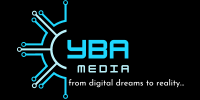
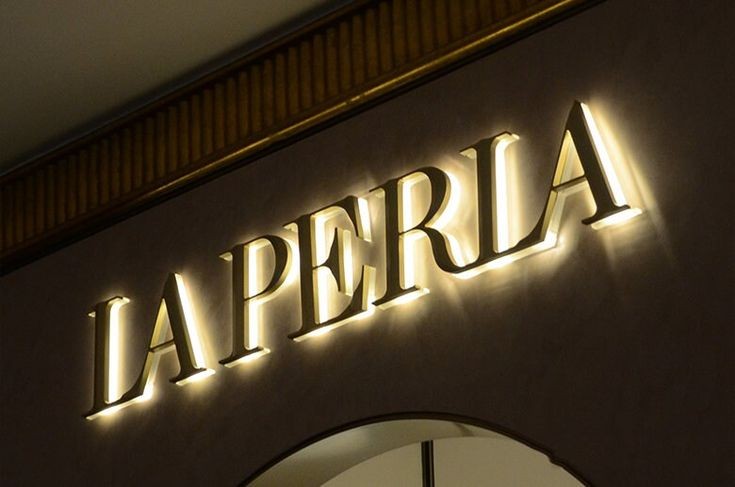

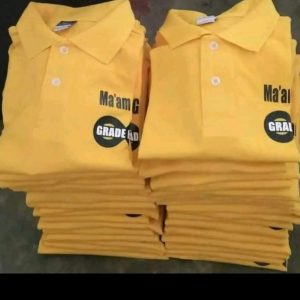
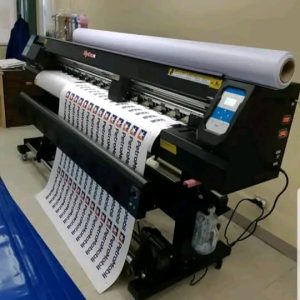
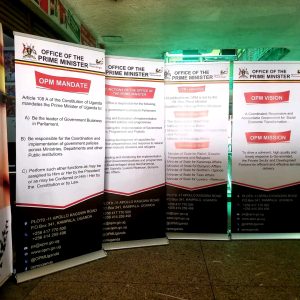
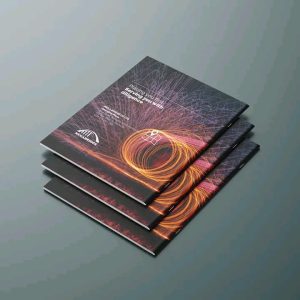

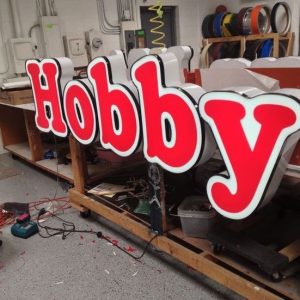


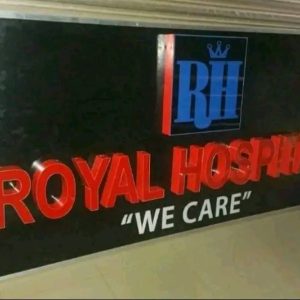

Reviews
There are no reviews yet.